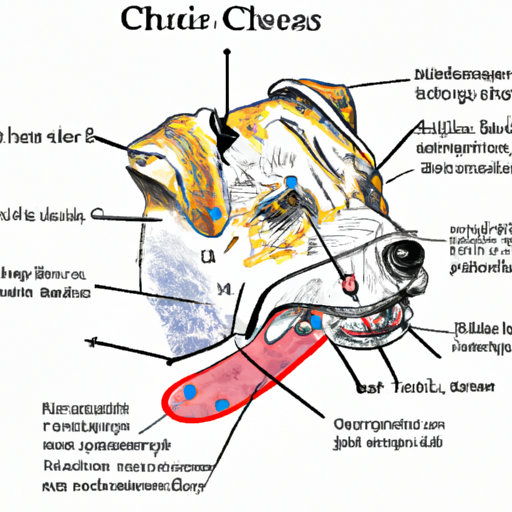As a caregiver, you probably know the joy and responsibility that come with taking care of a pet. But have you ever encountered a situation where your dog has a cleft palate? In this comprehensive guide, we will explore what a cleft palate is, its causes, symptoms, diagnosis, and treatment options. Now, let’s dive into the details.
What is a Cleft Palate?
A cleft palate in dogs is a physical defect that occurs when the two sides of the roof of the mouth fail to join together during fetal development. This condition can result in a gap, or “cleft,” that can extend from the dog’s nose to its throat.
This can lead to several health issues including:
- Difficulty in eating
- Malnourishment
- Breathing issues
- Chronic nasal discharge
In severe cases, a cleft palate can even be life-threatening.
Causes of Cleft Palate in Dogs
The exact cause of cleft palate in dogs is not entirely understood. However, several factors have been linked to this condition:
- Genetic predisposition: Some breeds like Boxers, Bulldogs, Shih Tzus, and Beagles are more prone to developing a cleft palate.
- Environmental factors: Exposure to harmful substances during pregnancy can also cause a cleft palate in the fetus.
- Nutritional deficiencies: Lack of certain nutrients during pregnancy may also contribute to this condition.
It’s important to note that these are potential causes; a cleft palate can occur in any dog, regardless of breed or environmental exposure.
Symptoms of Cleft Palate in Dogs
Symptoms of a cleft palate in dogs can vary depending on the size and location of the cleft. However, there are some common signs to look out for:
- Difficulty in eating or drinking
- Failure to gain weight
- Chronic nasal discharge
- Frequent sneezing or coughing
If you notice any of these symptoms in your pet, it’s important to consult with a veterinarian as soon as possible.
Diagnosis and Treatment
Diagnosis of a cleft palate in dogs is typically done through a physical examination by a veterinarian, who may use a probe to determine the extent of the cleft. In some cases, X-rays or other imaging tests may be required.
Treatment for a cleft palate can vary based on the severity of the condition. Minor clefts can sometimes be managed with special feeding techniques or dietary changes. However, most cases will require surgical intervention.
Surgery is often performed when the dog is older and healthier, but in severe cases, it may be done as early as possible. Post-surgery, your dog may need special care and regular veterinary check-ups to ensure recovery.
FAQs
Q: Can a dog live with a cleft palate?
A: Yes, with proper treatment and care, a dog can live a normal life with a cleft palate. However, without treatment, it can lead to severe health issues and even become life-threatening.
Q: Is a cleft palate in dogs painful?
A: A cleft palate itself is not painful, but it can lead to conditions that cause discomfort or pain, such as chronic sinusitis or malnourishment.
Q: Can a cleft palate in dogs be prevented?
A: The exact cause of cleft palate in dogs is not known, so prevention is difficult. However, ensuring that a pregnant dog has a healthy diet and is not exposed to harmful substances can help reduce the risk.
Q: How is a cleft palate in dogs treated?
A: Treatment often involves surgery to repair the cleft. In some cases, special feeding techniques and dietary changes may be recommended.
In conclusion, a cleft palate in dogs is a serious condition that requires immediate veterinary attention. As a caregiver, it’s important to know the signs and ensure your pet gets the necessary treatment and care. With your love and support, your furry friend can lead a happy and healthy life.



